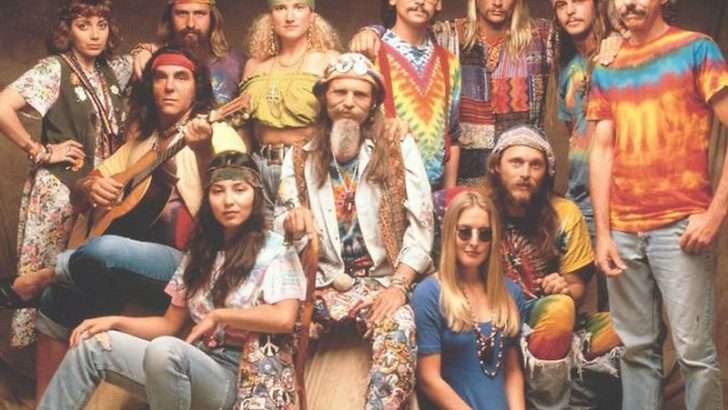The 1960s were a vibrant era marked by cultural revolutions and linguistic creativity. As society underwent seismic shifts, language evolved to reflect these changes. Slang words became an essential part of everyday conversation, providing a colorful lens into the zeitgeist of the decade. These words were more than just slang; they were expressions of identity, rebellion, and belonging.
Their appeal transcends generations, continuing to evoke a sense of nostalgia and coolness that remains unmatched. This blog post explores eleven iconic slang words from the ’60s, each a testament to the decade’s enduring influence on modern language.
1. Groovy
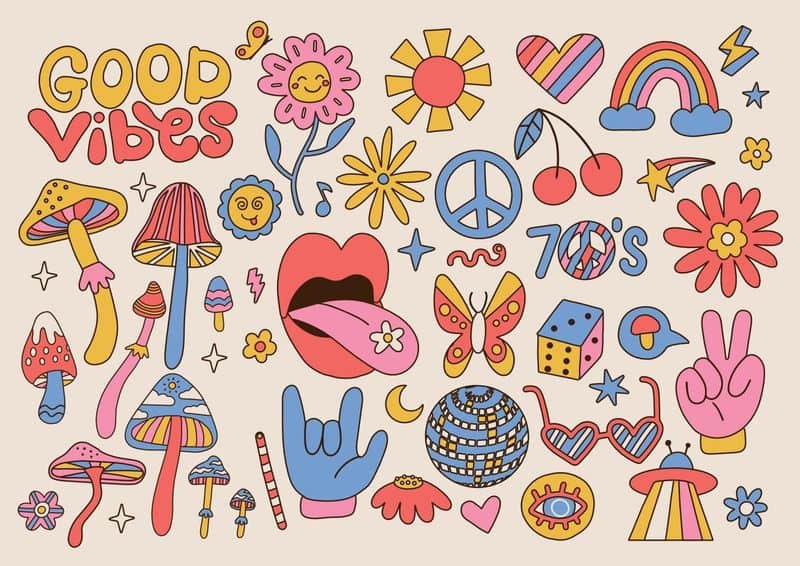
Groovy was more than just a word; it was an attitude. Emerging from the jazz scene, it signified something appealing and trendy. In the ’60s, it became a cultural phenomenon, embodying the free spirit of the era. Whether describing music, fashion, or experiences, groovy captured the essence of cool.
Its versatility made it a favorite among youngsters. It wasn’t limited to a particular context, making it universally adaptable. People used it to express approval or excitement.
Today, groovy still resonates, reflecting a timeless coolness that transcends generations.
2. Far Out
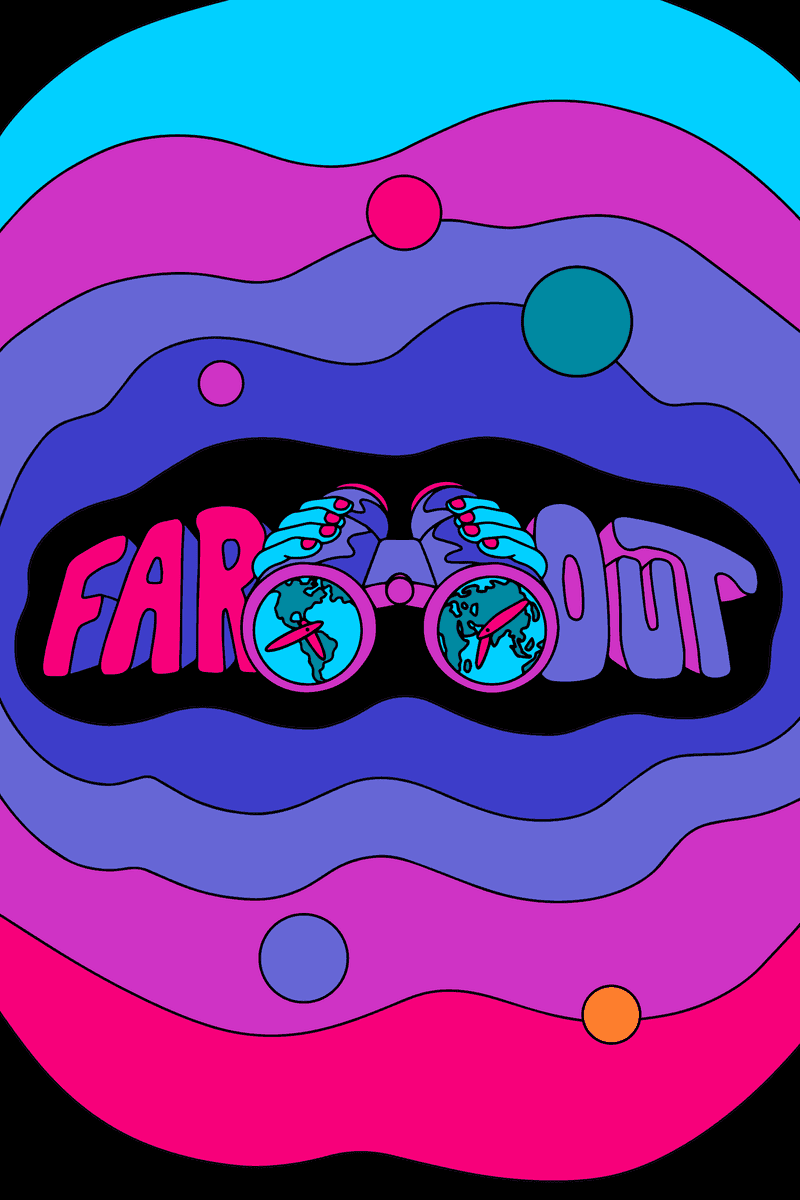
Far Out was an expression of awe and amazement. Originating in the counterculture movement, it encapsulated the desire to explore beyond conventional boundaries. It was often used to describe unique or extraordinary experiences.
This slang term symbolized the exploration of new ideas during the ’60s. It suggested a willingness to embrace the unconventional. Young people adopted it as a badge of open-mindedness.
Though less common today, Far Out still evokes a sense of wonder, reminding us of a time when exploration was valued.
3. Hippie
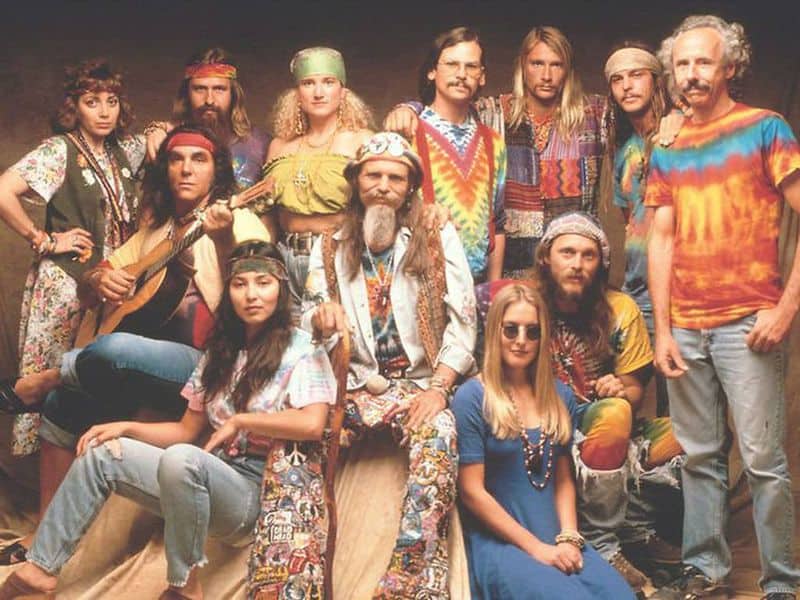
Hippie wasn’t just a label; it was an identity. Emerging from the ’60s counterculture, it described those embracing peace, love, and freedom. Hippies rejected mainstream conventions, favoring alternative lifestyles.
Their influence extended beyond fashion into music, politics, and social change. They became symbols of a generation seeking authenticity in a rapidly changing world.
The term hippie remains iconic, representing a spirit of rebellion and nonconformity. It continues to inspire those questioning societal norms.
4. The Man

The Man was synonymous with authority. It referred to figures of power, often used negatively to describe those enforcing societal rules. Young people used it to express disdain for the establishment.
This slang was a reaction to perceived oppression. It united those resisting traditional power structures. By labeling authority as The Man, it created a sense of camaraderie among the youth.
Today, the term remains relevant, symbolizing ongoing struggles against authority.
5. Bread

Bread was a slang term for money. It highlighted the importance of financial independence during the ’60s. As young people sought new paths, bread became vital for pursuing dreams.
The term was casual, reflecting the era’s relaxed attitude. It was part of everyday conversation, emphasizing practical aspects of life.
Though modern slang has evolved, bread still surfaces, reminding us of the universal significance of financial freedom.
6. Dig

Dig was about understanding and appreciation. If you “dug” something, you got it. It was a way to show connection with ideas or people.
Emerging from jazz enthusiasts, it became popular among the ’60s youth. It conveyed a sense of belonging to the cultural movement.
Though language has changed, dig remains in use, symbolizing a connection to the past and a shared appreciation.
7. Fuzz
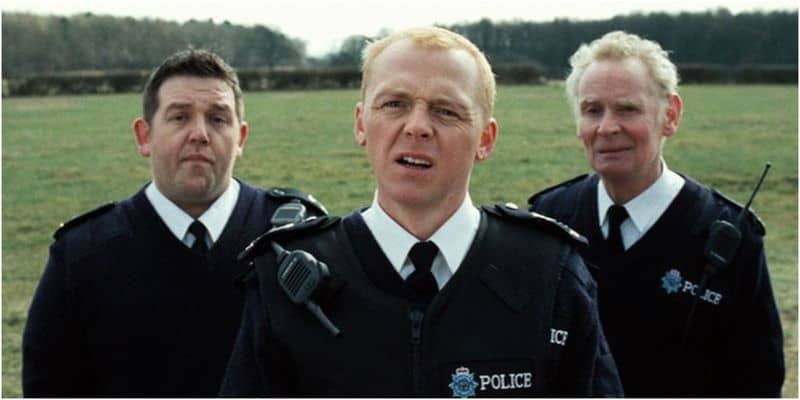
Fuzz was a colloquial term for the police. It reflected distrust among the youth. Used in casual and serious contexts, it captured the tension between authorities and young people.
The term was part of a broader narrative of rebellion. It emerged from a period of protests and activism. Young people embraced it as a symbol of resistance.
While less common today, fuzz still resonates, reminding us of the era’s complex relationship with authority.
8. Pad

Pad referred to one’s home. It was a personal, informal term, emphasizing comfort and style. Young people used it to describe their living spaces, often shared with friends.
The term reflects the era’s focus on individuality and expression. It symbolized a shift from traditional domestic norms. Pads were spaces for creativity and camaraderie.
Though language has evolved, pad remains in use, evoking a sense of personal retreat and nostalgia.
9. Split

Split meant to leave or depart. It was casual, fitting the ’60s laid-back lifestyle. Often used by youngsters, it signified the end of an event or encounter.
The term’s simplicity made it effective. It conveyed the action without fuss. It was part of the era’s relaxed communication style.
Today, split still finds use in casual contexts, reflecting the enduring influence of ’60s slang.
10. Threads

Threads referred to clothing. It was a fun, informal term capturing the era’s vibrant fashion. Young people used it to describe their distinctive wardrobe.
The term emphasized individuality and expression through style. It was part of the cultural shift towards more personal fashion choices. Threads became symbols of self-expression.
Though modern terms have emerged, threads remains a charming nod to the past, celebrating the era’s iconic fashion.
11. Bugged Out

Bugged Out described being overwhelmed or surprised. It captured the emotional extremes of the ’60s lifestyle. Youngsters used it to express moments of intense reaction.
The term added flair to everyday language. It was part of the creative expression that defined the decade. Bugged Out conveyed a sense of drama and excitement.
While language has moved on, the phrase still resonates, reminding us of the era’s emotional vibrancy.

Well, hello there!
My name is Jennifer. Besides being an orthodontist, I am a mother to 3 playful boys. In this motherhood journey, I can say I will never know everything. That’s why I always strive to read a lot, and that’s why I started writing about all the smithereens I came across so that you can have everything in one place! Enjoy and stay positive; you’ve got this!

